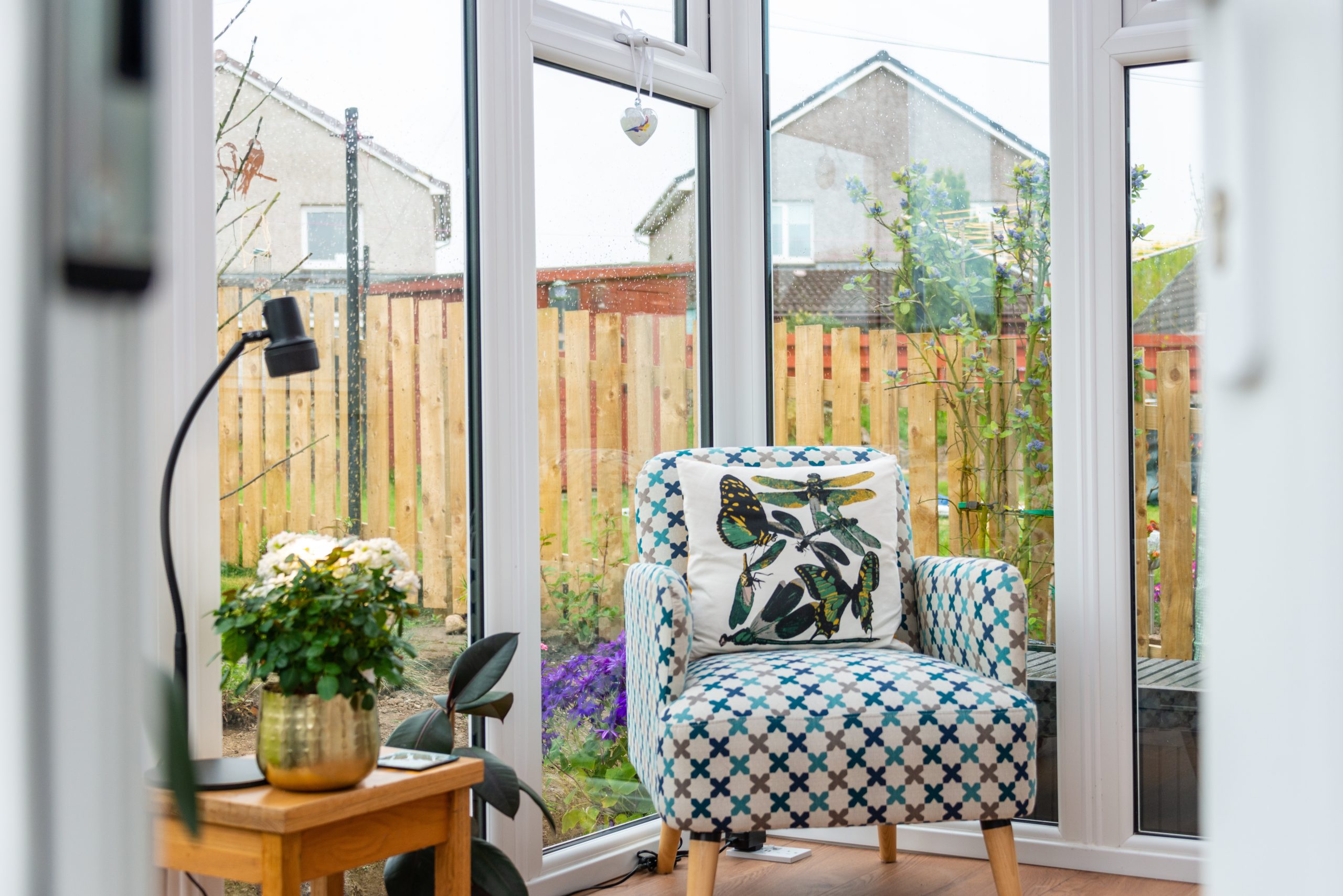
Orangeries and conservatories are two popular ways to expand a property in 2023. Many modern homeowners are increasing their living space by investing in an orangery or conservatory installation. These versatile spaces may be popular today, but they are not a new home extension method. In fact, orangeries and conservatories have existed for hundreds of years. If you are interested in the timeline of conservatories and orangeries, keep reading, as the SRJ Sunrooms experts are here to take you on a little journey back in time.
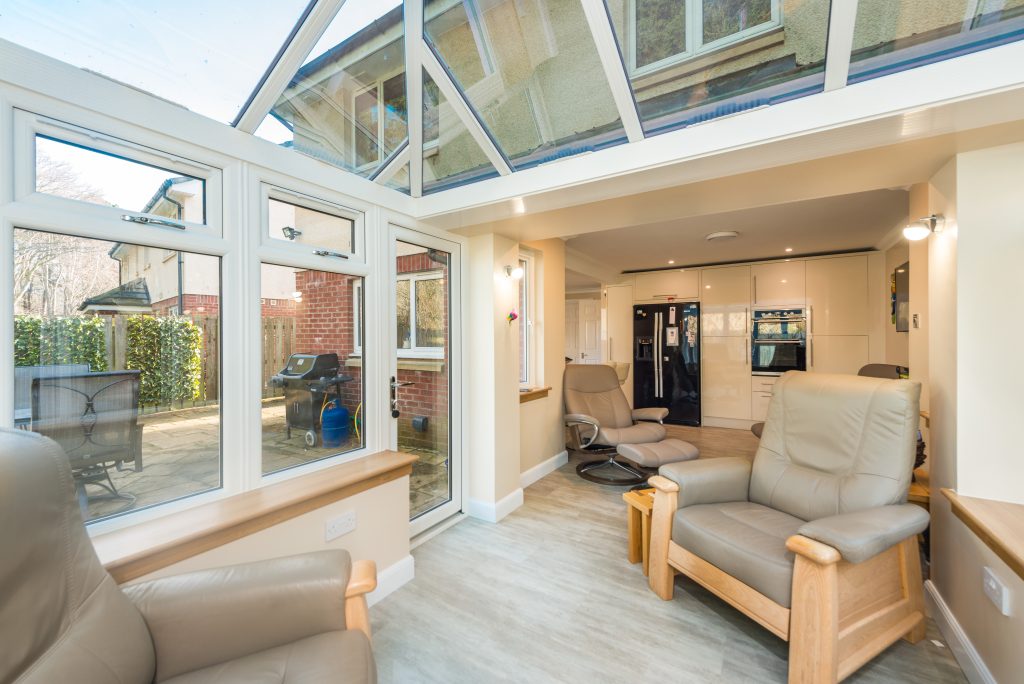
Before we head back several centuries, let’s first distinguish the difference between an orangery and a conservatory. Both of these extensions are available in various sizes and styles and offer something different for properties of all ages. Orangeries are constructed with brick and feature large glass windows and various roof structures. Modern orangeries can be fitted with a range of different door styles and can be tailor made for each home.
Conservatories are similar to orangeries, but they are built with large glass panels inside frames and feature a small brick base. Traditionally, conservatories had a full glass roof but many home improvement companies now offer a range of roofing solutions. Conservatories contain more glass than an orangery but can also be made bespoke for each individual property.
Orangeries were first built in 17th century Italy. The original orangeries were made with far less glass than the structures we see today. Instead of several large glass windows, orangeries had tall windows situated on the south facing wall. Orangeries in the 1600s were only found on the grounds of wealthy, upper class citizens.
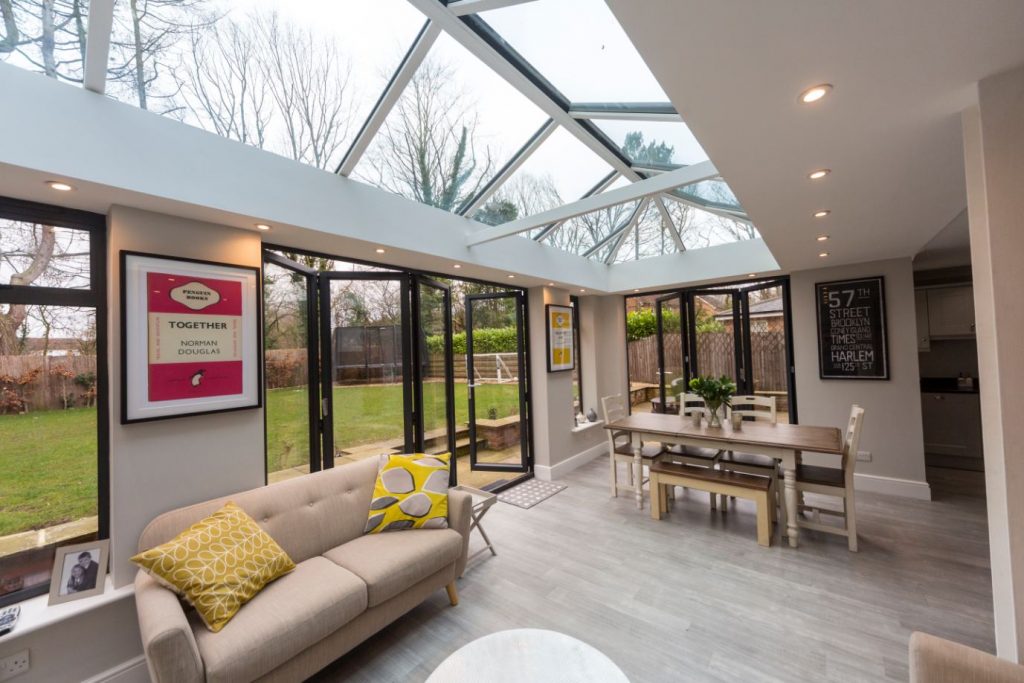
Used to grow oranges (hence the name) and other citrus fruits, orangeries were designed to welcome in as much natural light as possible. Oranges and other exotic fruits require high levels of heat to grow and traditional orangeries often include a fireplace, as well as tall glass windows. The north-facing wall of an orangery was typically made from brick and straw was used to provide additional insulation. Orangeries were used as a status symbol and were frequently situated in the grounds or gardens of stately homes.
Orangeries originated in Italy but quickly grew in popularity all across Europe. From the 17th to 19th century, orangeries became more and more extravagant and their architecture was breathtaking. Examples of British locations with famous orangeries include:
Orangeries have transformed over the years and have become more accessible for homeowners from all walks of life. Modern orangeries are rarely used to grow fruit and instead have a variety of purposes, including elegant dining areas and a comfortable place to relax and enjoy garden views. Modern orangeries can be fitted with various roof styles – glass, solid and lantern being three of the most popular.
Today, you don’t have to be an upper class citizen or royalty to afford an orangery installation. There are many cost-effective orangeries available. Most feature high spec double glazing and robust uPVC frames. An orangery can be tailor made to suit your style preferences and its intended purpose. Modern orangeries do not need to be separate buildings built in the garden, they can be seamlessly connected to your home.
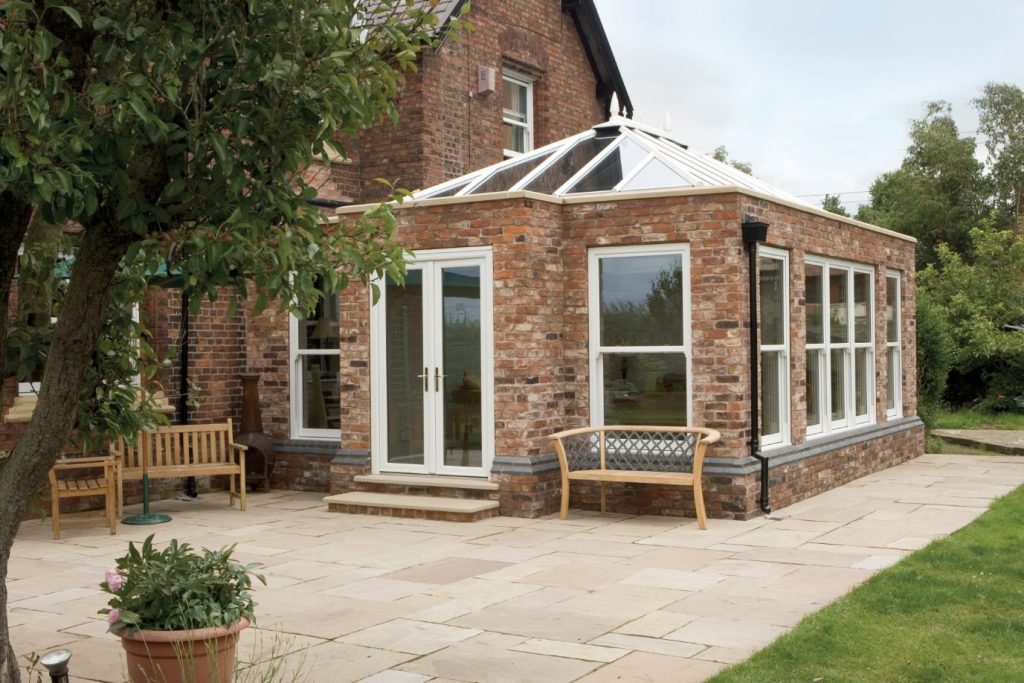
‘Conservato’ is the Italian word for ‘preserved’ or ‘stored’ and ‘ory’ is Latin for ‘a place for’. The first conservatories were not made of glass and were instead non-glazed structures used as a place to store food. Over time, the word conservatory was used to define glass structures used to conserve food and protect plants. Early conservatories more closely resembled greenhouses and not the multi-purpose home extensions they are today.
Conservatories, as we now know them, began to appear on properties during the 17th century and were often built using a garden wall as one side of the structure. Glass conservatories grew in popularity during the Victorian era and, similar to orangeries, were a symbol of wealth and status.
At this time in history, glass production had improved and the cast plate method allowed for longer glazing panels to be manufactured. Examples of early conservatories here in the UK include the Crystal Palace, built in Hyde Park in 1851 and the Nash Conservatory, built in the gardens of Buckingham Palace in 1852. Other famous conservatories in the UK include:
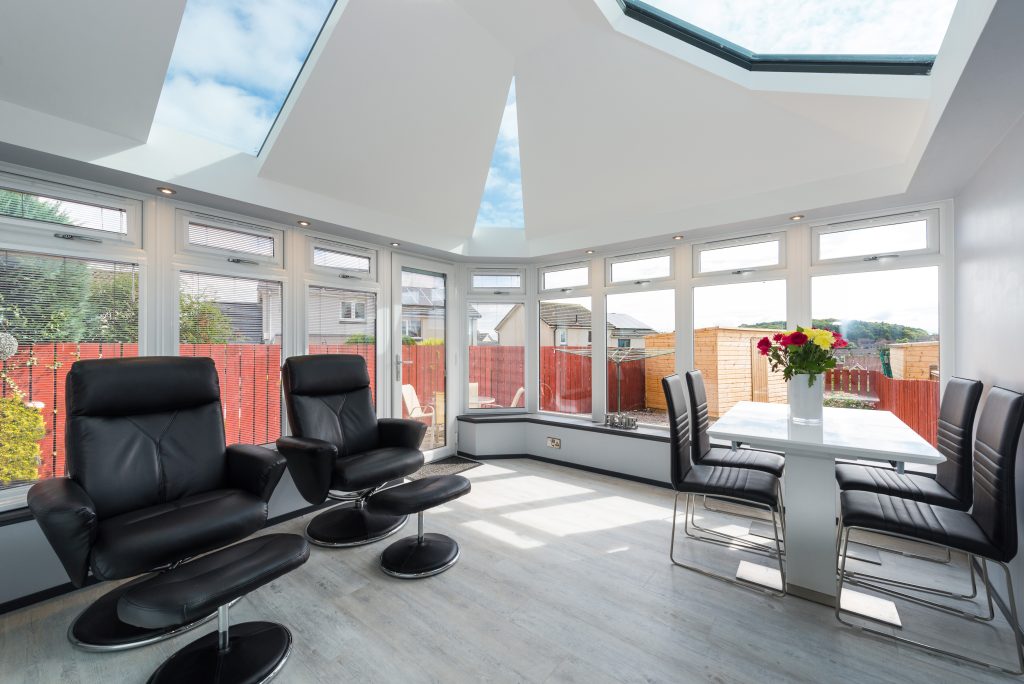
Conservatories became more accessible to homeowners during the end of the 19th century. They continued to grow in popularity until World War II. Glass production was limited during this time and fewer conservatories were being built, while many older structures began to suffer the tests of time.
Conservatories today are made with energy efficient double glazing and are able to maintain a comfortable temperature all year round. Modern homeowners can choose traditional conservatory designs or opt for something more contemporary and bespoke. A conservatory installation can bring additional natural light to a property, increase its size and boost its market value.
Are you looking for ways to increase your living space but don’t want to move house or invest in a full home extension? If so, a conservatory or orangery could be the perfect solution. At SRJ Sunrooms, we have been expanding homes across Scotland for over 30 years and we offer an impressive range of high quality orangeries and conservatories.
Contact our team today by calling 01383 341 117 or filling in our online contact form. Our experts will be able to answer all of your questions about your next home improvement project.